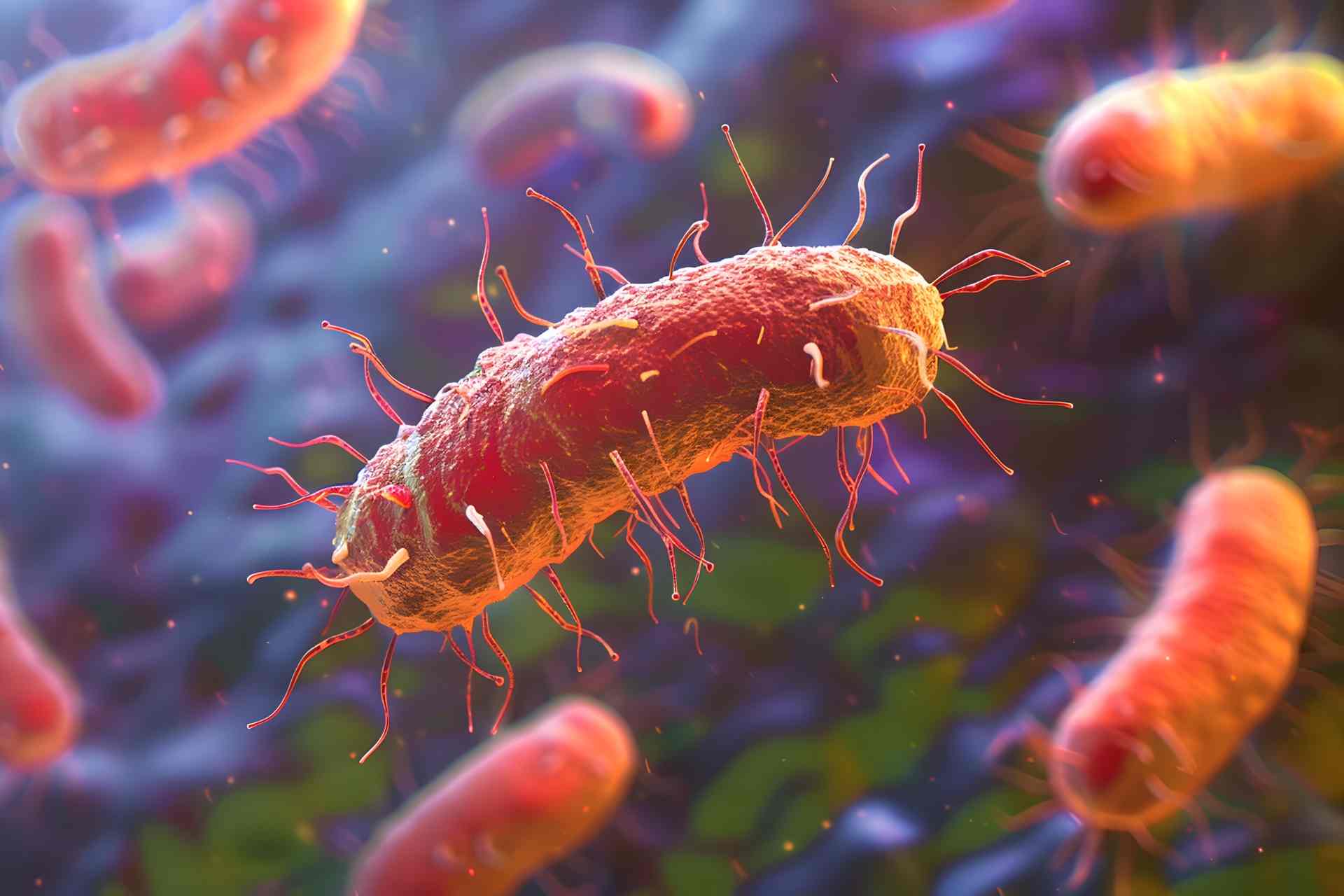Clostridioides difficile is a gut microbe that causes gut infections, often after antibiotic use, leading to severe diarrhea and even death. Now, researchers have found that this microbe has a unique ability to use certain nutrients to survive and thrive in the gut, which gives it an advantage over other microbes.
The findings, published in Cell Host & Microbe, suggest that targeting a specific enzyme that enables C. difficile to use certain nutrients could be a potential therapeutic approach for treating infections.
Bacteria need nucleotides to store genetic information, produce energy and build essential molecules. They can either make nucleotides from scratch or scavenge them from their environment. C. difficile is particularly good at scavenging nutrients, but how it acquires nucleotides is not well understood.
Matthew Munneke at Vanderbilt University Medical Center in Nashville, Tennessee, and his colleagues set out to investigate how C. difficile obtains nucleotides in the human gut after antibiotic treatment.
Competitive advantage
First, the researchers analyzed stool samples from healthy children and children infected with C. difficile, and they found that uracil, a key nucleotide precursor, decreases during C. difficile infection.
Experiments in mice revealed that C. difficile either synthesizes uracil and other nitrogenous bases called pyrimidines from scratch or scavenges them from the gut. A mutant strain unable to produce pyrimidines caused less severe infection unless given 4-thiouracil (4-TU), a modified nucleotide found in human stool.
Further tests showed that C. difficile can convert 4-TU into uracil using an enzyme called TudS. A mutant strain of C. difficile lacking TudS could no longer grow using 4-TU as its only pyrimidine source. But when TudS was reintroduced, growth was restored. Expressing TudS in E. coli, a bacterium that normally cannot use 4-TU, enabled it to grow on 4-TU.
Therapeutic target
The researchers also found that 4-TU is toxic to bacteria because it can replace uracil in RNA, disrupting normal cellular functions. However, in bacteria with TudS, 4-TU is not found in RNA, suggesting that TudS prevents this harmful substitution.
Normal C. difficile strains outcompeted C. difficile strains lacking TudS when 4-TU was present, suggesting that TudS gives C. difficile a survival advantage. When TudS was introduced into E. coli, it lost its ability to compete with C. difficile, the researchers found.
“These findings increase our understanding of nutrient acquisition during [C. difficile infection],” the authors say. The results also show that TudS helps C. difficile thrive in the gut by metabolizing 4-TU, making it a potential target for controlling infection.









